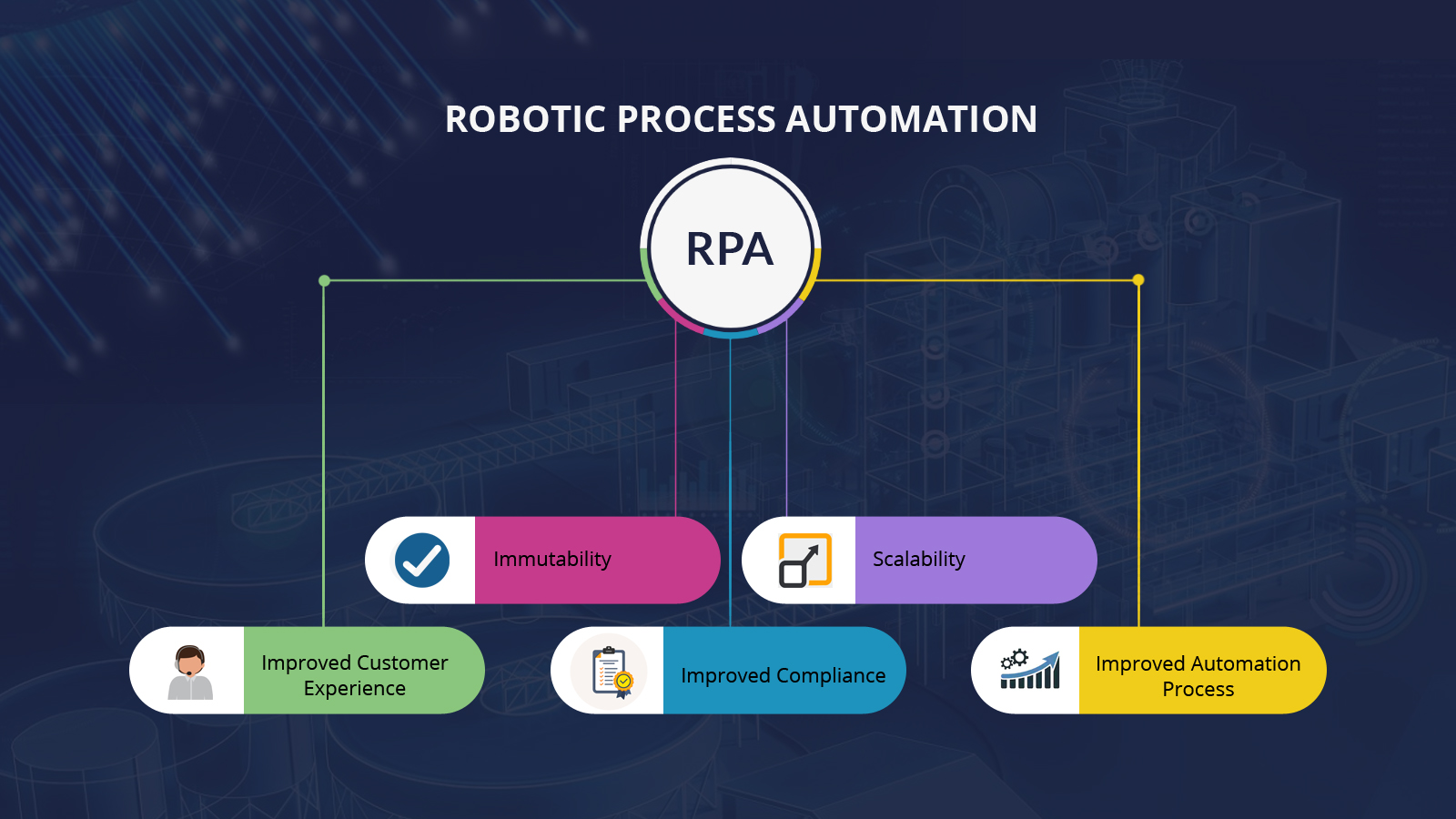Hosted in cloud and integrated via APIs, CRM and ERP, there is an app for everything today that run enterprises. So, why do we need to build specialized robots? Well, the problem is with business processes that need input from different tools and required to be seamlessly integrated for efficient outcomes. Good news is that some business logics are quite simple and bots can automate such reasoning.
With increasing number of tools and applications that we work with, repetitive tasks can no longer be automated with simple macros. RPA takes on a modern approach to automate repetitive tasks. It’s the digital spine connecting all applications used by an organization in its various business functions. RPA is quick and effective orchestration tool that doesn’t use physical robots, rather there are software robots or artificial intelligence workers that can be configured to get automated with workflows.
Reinforcement learning at work
We’re living in an era of machine learning. A machine can be trained to learn models to make a sequence of decisions. Reinforcement learning is a software’s ability to self-modify based on the feedback gained from its environment. The model is given no hints or suggestions to solve a problem, and artificial intelligence gets rewards or penalties for the actions it performs. It’s up to the AI to do tasks in a way to maximize rewards. Reinforcement learning differs from supervised learning in that while in supervised learning the training data has answer key and the model is trained with the correct answer, in reinforced learning, there are no answers and the reinforcement agent has to decide what to do to perform the given task. In the absence of training data, the model is bound to learn from its experience. Reinforcement learning is the key component of RPA used to hint machine’s creativity, and increasingly used to automate repetitive workflow tasks involving low amount of cognition. Training the models that control autonomous cars is an excellent example of reinforcement learning.
Performing attended and unattended automation
Behind every computer program is a human programmer, and a robot is only as good as its training. It needs instructions, this is not true artificial intelligence. A robotic software should be able to learn from the human actions. RPA tools can be optimized to perform attended or unattended automation and allows for a higher degree of automaton through software cutting across numerous systems.
RPA with capability to understand business rules
People with valuable process expertise may not have the required programming skills to configure software robotics for workforce automation deployment. To overcome this challenge, the new approach is to provide the Robotic Process Automation Services to understand decision rules and exceptions from business instructors by removing technical requirements, without compromising on the effectiveness of technology.
RPA advantage
Here are some of the key advantages of RPA implementation for a business:
- Continued and improved customer service: RPA bots can work round-the-clock without break, providing continued service.
- Truthfulness: RPA bots faithfully comply with instructions, completing tasks with truthfulness.
- Scalability: The process specified for one software can be used by any number of other robots.
- Significant process improvement: Get more done in less time.
- Redeployment of resources: Offloads full time employees for higher cognitive and higher value functions.
- Improved compliance: All RPA steps are recorded for historical auditing, improving compliance to regulations.
Future of RPA
We are going to see an increased focus on following types of RPA in the future:
- No Code RPA: Completely reducing the need to code for RPA, eliminating the burden of hand-written codes and enabling accelerated delivery of business applications.
- Self-learning RPA: Makes use of system logs and videos of users working on a specific process to automate process modeling.
- Cognitive RPA: The bots learn by observing people’s interactions at work by repeatedly analyzing the processes and corrections, and gaining the knowledge to think and perform suitable action and getting smarter over time.
Combine RPA with machine learning (ML), artificial intelligence (AI) and natural language processing (NLP), and you can have an employee’s interactions with a chatbot trigger on RPA.
RPA is expected to remain the fastest growing enterprise tech across various sectors including manufacturing, healthcare, aviation, banking and chemical plants. Consulting companies like McKinsey, Deloitte and BCG have already integrated RPA into their digitization solutions to eliminate manual processes. The companies benefit with reliable and consistent output with high productivity rates. With RPA, companies can augment a more sustainable workforce with reduced costs and minimized errors.


 Parimal
Parimal


